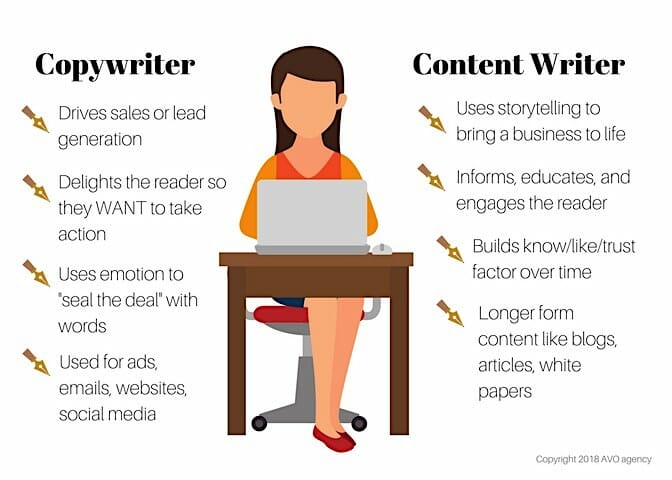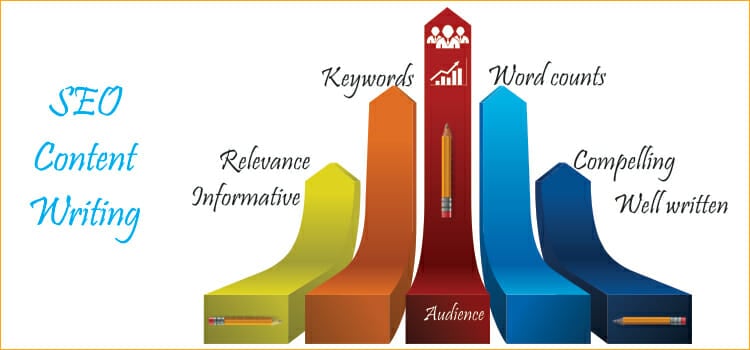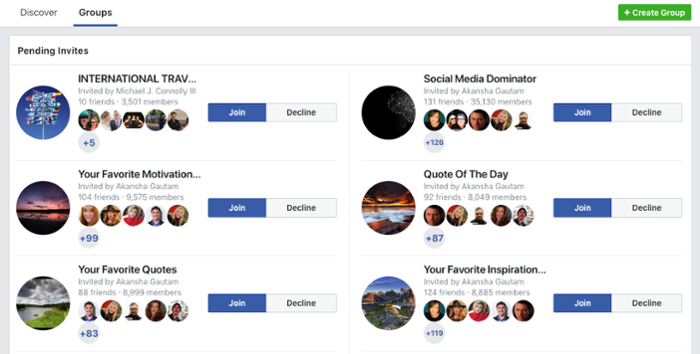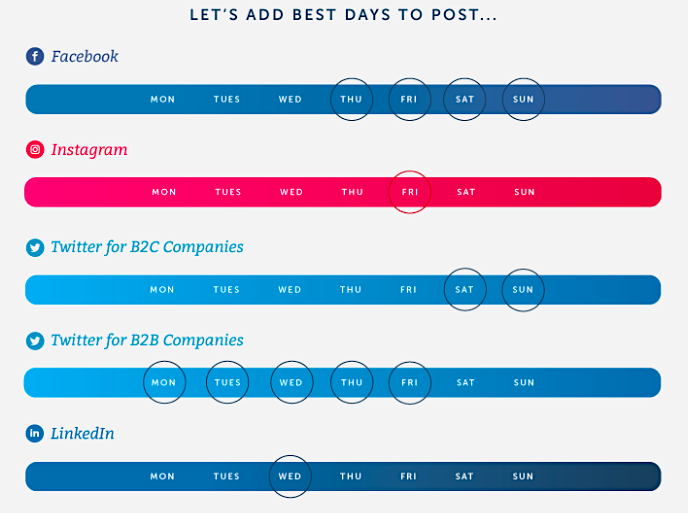As a store owner, you should not be doing e-commerce marketing tasks. These tasks, although vitally important to your business, should be passed off to capable individuals.
First of all, you should be spending your valuable time on core business areas and not on operations. To grow and thrive, you need to work on your business, and not in it.
Secondly, you likely do not have the specific skills or the focus to accomplish these tasks as well as someone who does them for a living. Outsourcing to individuals who are experienced in each area will bring about better results.
Here are 7 e-commerce marketing tasks that you can start taking off your plate today.
1) Product Photos
Product photography is a specialization that, frankly, few e-commerce store owners have are fully proficient at. It’s not at all like whipping out your mobile and snapping a few shots.
Creation
The skills required to take compelling product photos involve much more than pointing the lens at an object and letting the camera auto-focus. For instance:
- Lighting – the proper level and direction to highlight correctly and avoid ugly shadows and reflections
- Angles – the right positioning to get the best view of a product to show off all its features
- Quality – the perfect DPI settings to make your images suitable for their intended use – as well as other possible uses
A professional knows exactly what to do to produce the best results based on what you need for your store.

Post-Processing
Taking photos and uploading them are just the first and last steps in the process. There are several other stages that go into preparing photos for use on product pages, social media posts, use guides, newsletters, and other marketing materials.
Outsourcing product photography means that you can have your raw photos properly processed for different uses so that they are optimized based on the requirements of different platforms. For example:
- the right size and content ratio for Amazon
- high-quality compression to maintain fast website loading speeds
- transparent versions for incorporation into Facebook posts and other media
- the right formats for use in 3D imaging and animated video creation
Product photos are extremely important to your business because they determine in a big way how well your products will sell. Don’t leave your product photography to chance.
Learn More:
2) Product Listings
You most likely have some experience creating product listings, especially if you are bootstrapping your business. If you have gone through the usual ups and downs that most e-commerce entrepreneurs have, then you also know the impact that your listings have. You know how important it is for your product listings to have complete, compelling and unique content – including the photos that go along with the text.
Getting the content of your product listings just right takes both a lot of time and skill. You can’t just throw in the specifications and add a few adjectives to make it sound better. The process of creating a listing that converts involves careful analysis and composition, taking into account several factors, including:
- Audience – intimate knowledge of your target market’s purchase preferences and habits
- Keywords – researched keywords and phrases that attract your targets
- Composition – copywriting skills (much more than just knowing how to string words together with correct grammar)
- Platform requirements – what the possibilities and limitations are depending on where you are listing
Hire a product lister with experience in your niche and with the platforms you are using. This will ensure that you have much better copy right off the bat.
3) Copywriting
Aside from good product listings and all the specific elements that go into creating them, you need to think about your other copywriting needs. There’s marketing and advertising material, copy for all your outreach efforts, supplier and customer communications, and more.
Copywriting is possibly one of the most misunderstood of all e-commerce marketing tasks. Many business owners think that if you can write, you can create good copy. Nothing is farther from the truth.
Copywriting is a very technical field. A good copywriter needs to know about marketing, first of all, plus various platform design formats as well as the psychology of layout – and all that these elements entail when creating copy.
Pro Tip: Don’t assume that if you have someone writing for your blog that they can do your copy as well. There is a vast skill and style difference between copywriters and content writers. You may already be working with someone who can actually do both, but make sure of that before you ask a content writer do your product listings.

Learn More:
4) Content Writing
Continuing from the above thought, if you have content needs that are separate from your copy needs, then you should hire a content writer as well. Content writing is essential for your e-commerce store’s other pages – those that aren’t product pages – and for your blog and other purposes.
A content writer knows how to formulate information to suit your visitors’ needs. The goal of every piece is not always to sell, so you want someone with more than a copywriting background for the other parts of your funnel. For instance:
SEO
You want your store to come up in the SERPs when a shopper does a Google search. Hire a content writer who knows how to write suitable page and post content so that it gets picked up by search engines.

Awareness
If you’re trying to get your brand name and product offering out there, you need content that is both highly and widely sharable. This way, when people see it, they pass it on to others, and so on.
Loyalty
Building brand trust is a great way to bring and keep more customers coming to your store. This requires content that is focused on adding value to their every visit. Again, you need a content writer and not a copywriter to properly cater to your audience.
5) Facebook Group Management
Running a Facebook group is no easy feat. It requires a great deal of time, energy and focus if it’s going to be a worthwhile endeavor for your business. It’s like running a customer service operation.
Here are a few of the things that you have to commit to in order to make your Facebook group effort a success:
- Maintain a constant presence. You need to be there to give a prompt answer when your group members ask a question.
- When members leave a comment, you need to acknowledge it to show them that you care.
- If there’s a complaint, you need to address it and make sure it gets resolved as soon as possible, and be there to reassure that member that you are on top of it.
- You must actively engage members with interesting information and questions that elicit discussion. This is what keeps a group alive so that it generates value for both its members and for you.
The best way to handle a Facebook group – or any other social media or online community, for that matter – is for someone to be dedicated to managing that group and taking care of all its needs.
Pro Tip: Managing a Facebook group entails coordinating with other areas of your business to streamline everything so that you are able to provide the best experience for your audience.

6) Social Media Posting
This is one of the many e-commerce marketing tasks that is both technical and time-consuming. Similar to managing groups, you need to stay focused on your audience and prepare content to engage users and bring them into the fold.
You may think that all social media is the same, and therefore try to save time and budget by posting the same content everywhere. Truth be told, each platform actually has a very different culture, and very different rules. This greatly impacts what you can and should do on each channel and how effective your posting strategy will be with users. For instance:
Facebook is primarily a social network for browsers, although there is a robust community of shoppers there, too. Longer posts are allowed, but are truncated, so the best must come first.
The best times to post are between 12-3 pm from Mondays to Fridays and between 12-1 pm on Saturdays and Sundays to get the most views and clicks. Posting unique content 2-5 times per day is a good place to start, but you need to use Audience Insights to work out your perfect schedule:

Instagram attracts highly visual people, and the platform is currently building it out as a shopping channel on top of its original purpose as a sharing platform. Text should be short so that posts focus on the visual elements.
The best time to post is between 12-1 pm from Mondays to Fridays. Because visual posts take a much shorter time to take in, post up to 15 times every day to maximize your reach.
Learn More:
Twitter is the fast channel – posts are short and sweet, so there’s not much room for anything other than a teaser and a shortened link.
The best time to post is at 3 pm from Mondays to Fridays. Since the feed runs very quickly on this channel, you should be posting the same content up to 4 times each day, and post consistently throughout the week.
Pinterest is an inspiration channel, and highly visual as well. It’s not a place where a lot of people go unless they have some time to really look at stuff.
The best time to post is during the evenings on any day – generally from around 6-9 pm. Post about 5 times every day, and make each one count – users take more time and you want them to pin your posts.
LinkedIn is the more professional network where the crowd is all business. It requires a certain quality and genre of content.
The best times to post are before work starts from Mondays to Fridays – between 6-8 am or 9 am, depending on your targets’ working hours. Since you are catering to a more particular audience, focus on publishing quality content every other day or as much as 20 times in a month.
As you can see, social media posting requires strategy and coordination, particularly if social marketing is an integral part of your overall marketing strategy. Hiring people to help you create the content you need, getting it scheduled, keeping users engaged, and tweaking the strategy is the way to go.
Keep in mind that the best time to post on social media will depend on your industry and your target audience:

7) Email Marketing
This e-commerce marketing task is closely connected with copywriting, but that isn’t the be all and end all of effective email marketing. Once again, going through the steps without skipping over details and making sure they are done right is the key to a successful campaign.
Who are you targeting? What is your purpose? These are the major questions you need to answer before you can start working on the nitty-gritty:
Research
You need to do your research first so that you can figure out who you should be targeting and how to do it. If you aren’t a specialist in the area of market research or audience analysis, you should outsource this. Making a mistake here will throw off your entire campaign.
Pro Tip: Don’t forget that you should be sending very different emails based on the platform that your targets are shopping on. You need someone who knows the technical specifications and guidelines to follow.
Composition
Once you have your stats, you need to create an effective design and layout for your emails, including incorporating the right colors, fonts, image sizes and the like. This requires specific experience in both marketing and email.
You can use tools to help, but there’s no substitute for experience when you need to employ psychology to incorporating both your brand identity and audience preferences.
Learn More:
Final Thoughts
These are just seven of the more common e-commerce marketing tasks that your business might be using. Do you think you should be doing all this yourself?
The smart business decision would be to outsource these and other e-commerce marketing tasks to qualified, experienced individuals. You don’t want to run your marketing on a hit-and-miss basis, especially when it means so much for your finances and the future of your business.